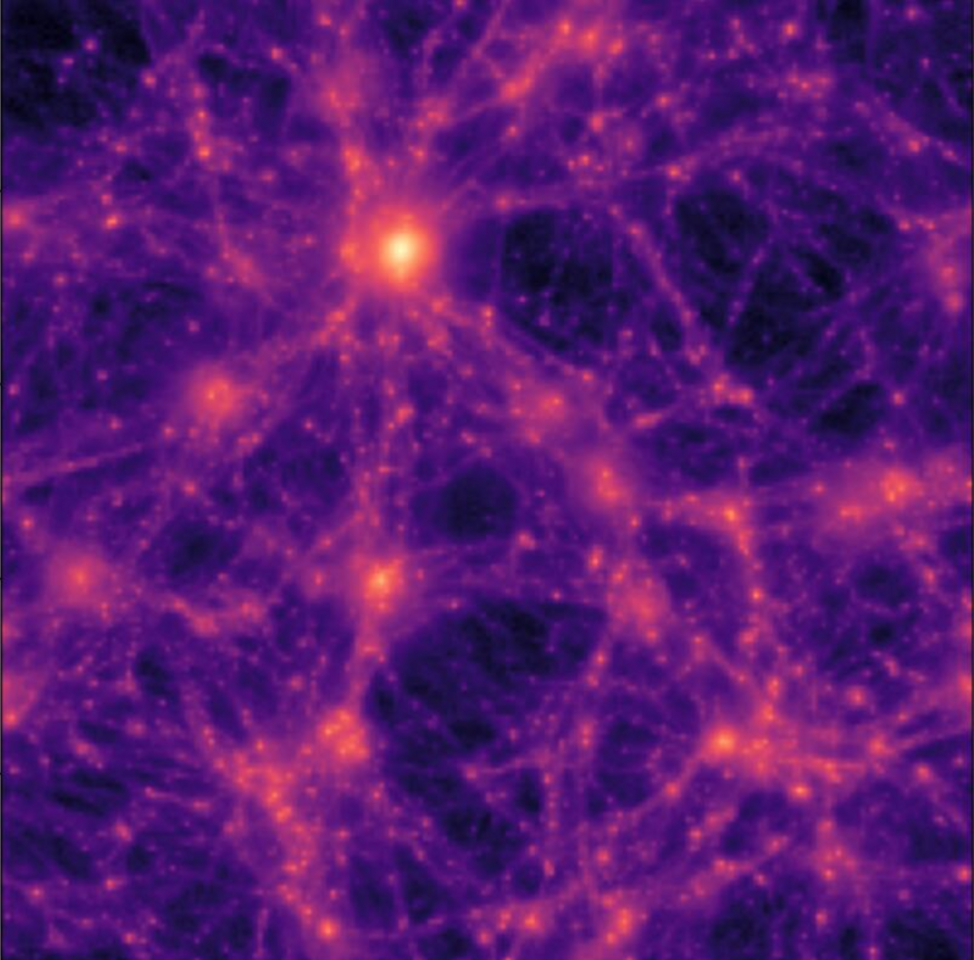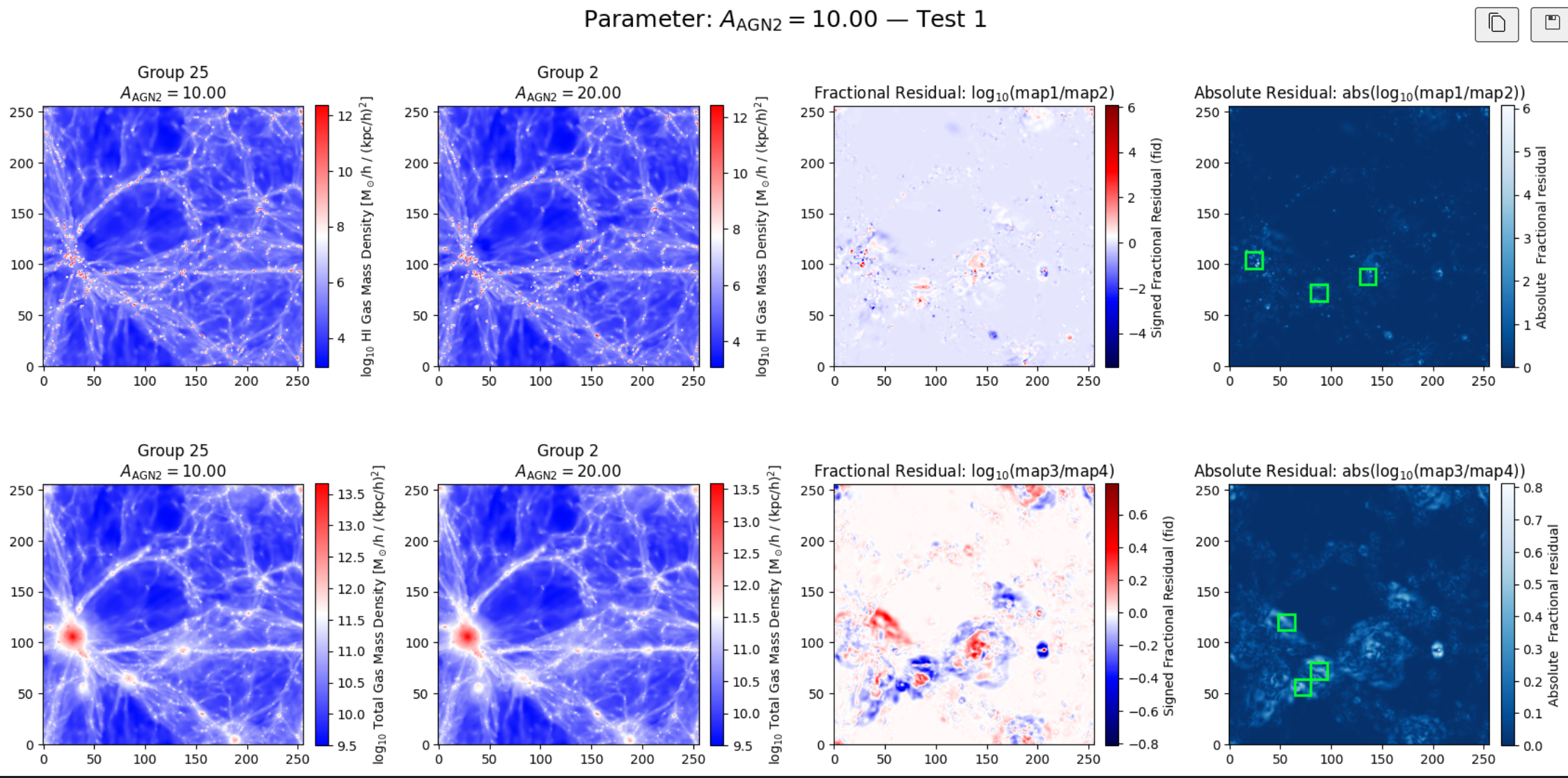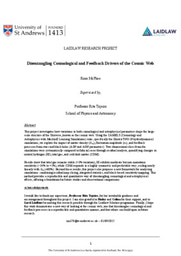Cosmic Web Structure: The Beauty in Chaos

Looking back on my recent dive into the CAMELS dataset, I can only describe it excitingly confusing. For context, CAMELS (Cosmology and Astrophysics with Machine-learning Simulations) is a massive suite of hydrodynamic simulations. Its purpose is to show how changes in both cosmological parameters (like the matter density of the universe) and astrophysical processes (like feedback from stars and black holes) shape the universe we observe.
My plan going in was straightforward enough: peek at how the large-scale structure, the “cosmic web” of filaments, voids, and clusters-morphs as I tweak parameters like Ωₘ (the matter density of the universe) and σ₈ (the amplitude of matter fluctuations). The reality was far from linear. At first, I stared at slices of neutral hydrogen maps that looked more like abstract art than cosmology, wondering whether the differences I thought I saw were genuine patterns or just my brain inventing meaning.
Eventually, things started to click. By stacking slices and plotting residuals, then toying about with metrics. I began to see consistent signatures emerge. Universes with higher Ωₘ grew denser webs, while lowering σ₈ seemed to smooth things out. It was like tuning the dials on a cosmic synthesiser: subtle shifts in parameters could radically reshape the texture of the universe.
Of course, not everything went smoothly. My scripts were full of half-finished plots, and more than a few dead ends, we won’t talk about the first week where I was applying my algorithm in the wrong order. I often circled back, re-running the same analysis with only minor tweaks, just to convince myself the trend wasn’t an illusion. But oddly enough, that messiness became part of the fun. Each failure forced me to step back and sometimes even discover something I hadn’t expected. This is such an important skill to have, take a break and breathe, recognise when your brain needs rest! (Although most of the time my computer tells me first...)
As you can see below, this is one output from one parameter variation, with two gas types. For reference there is 6 parameters, with 4 variations, which outputs to 48 of these images! Yes it is messy.

Reflecting on it now, I see this project less as a polished analysis and more as a creative exploration. CAMELS gave me the freedom to play, and to test, visualise, and question how different “universes” might look if the cosmic dials were set differently. And somewhere in that chaos, I realised how much I enjoy this kind of open-ended, curiosity-driven research. It’s made me think seriously that a PhD, where exploration, failure, and discovery are all part of the process, may be for me.



Please sign in
If you are a registered user on Laidlaw Scholars Network, please sign in